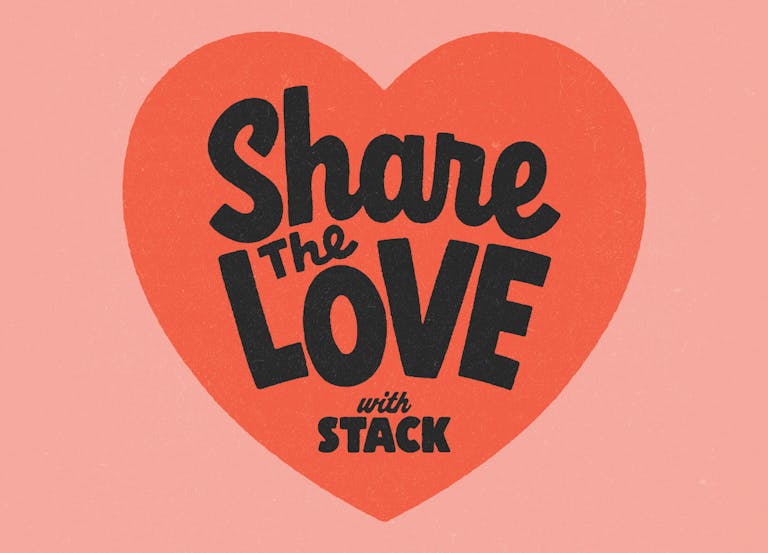Legends Never Die: a magazine about Larry Clark’s Kids
Started as an antidote to the overloaded content online, Narratively is a source of thoughtful human stories. They want to look past breaking news and give writers the space and time they need to make an impact. Their engaging stories come in long and short form writing, photo essays, videos, comics, and audio.
Their first print project, Legends Never Die, pays homage to the 1995 cult film Kids. Two decades after its initial release, writer Caroline Rothstein and Narratively editors interview the ‘kids’ in the film, as they struggle with lost lives, friendships and growing up. We speak to founder Noah Rosenberg about turning their most-read article online into a print magazine.

Why did you want to make a print magazine?
We launched Narratively as a way to focus on the timeless human stories that often get lost in the overload of breaking news and clickbait online. We’ve always felt that our stories have a durability to them that you don’t get with a lot of web content out there — content that readers either don’t actually read, or that they simply forget about days or hours or minutes later.
So creating a print magazine has always been in the back of our minds as a tangible way to give our stories life beyond the internet. We also see print as a means to differentiate ourselves from publishers that are strictly digital, and a powerful way to connect with readers and introduce them to the Narratively brand. We want people to walk into a bookstore or cafe someday and expect to see a stack of Narratively mags inside, much like many of us have developed a sort of literary radar for the spots that carry Kinfolk or Monocle.

Tell us about deciding to focus on Kids.
Looking back over Narratively’s nearly five years of publishing online, our biggest stories have tended to be longer-form, exhaustively reported pieces that a contributor has spent months or even years on. This was certainly the case with Caroline Rothstein’s ‘Legends Never Die’, a retrospective focused on the impact and legacy of the 1995 cult-classic film Kids. For those who haven’t seen the movie, it’s an in-your-face portrayal of life in an NYC that is lightyears removed from today’s in terms of grit.
Caroline’s article was originally published on our site in the Spring of 2013 and, until about a year ago, it remained Narratively’s most-read piece of all time. Through her reporting Caroline formed close relationships with several of the Kids cast members and became a producer on a forthcoming documentary looking back at the film.
We began chatting with Caroline and the documentary team about ways that Narratively might support their project and in the span of an afternoon we dreamed up a live event for the film’s 20th anniversary, featuring a screening of the original Kids from director Larry Clark’s 35mm cut, a Q&A with cast members, and a zine that we’d distribute to attendees and offer as a reward for the documentary’s Kickstarter campaign. In addition to reissuing Caroline’s story, we published never-before-seen archival images and Q&As with cast members like Chloë Sevigny and Hamilton Harris. It became a sort of Kids collectors’ edition and was a way for us to build on the momentum and narrative surrounding our initial article.

How does the vision of ‘bold storytelling’ in Narratively shape the stories in the print magazine?
We never shy away from a story. On Narratively’s homepage recently, for instance, we featured pieces about a mission to rescue abducted Vietnamese girls, a professional masturbation coach, a refugee-only Italian soccer team, and a man tortured by the Taliban. So a story about the lives and careers made, and shattered, by a decades-old film was right at home. With Kids, you met fledgling actors like Chloë Sevigny and Rosario Dawson, who later became household names, and you also met Justin Pierce and Harold Hunter, who wouldn’t survive past their twenties. It’s these types of stories, about underdogs and alternative perspectives, that really get us excited.
The magazine is small-format, and features lo-fi, analogue photographs — was this in any way to pay homage to 90s punk zines?
Absolutely. We initially described the project as a zine, but eventually realised that didn’t quite do the production value justice. It sort of lives in this beautiful in-between space where vivid graphic design and rich paper quality meet that stuff-it-in-your-back-pocket mentality.

Talks us through some of your highlights in the magazine.
So many people of my generation have a Kids experience or memory: they can instantly tell you where they watched it for the first time or how it gave them a sense of belonging, even if they grew up in the ‘burbs far removed from the asphalt domains of the Kids crew.
One of my personal highlights was interviewing Chloë Sevigny and learning just how pivotal an experience Kids was for her, too. Here’s this big star tracing her roots back to a quirky indie film from her youth and talking about the real-life inspiration unfolding behind the scenes. The film was fictionalised, but that anything-goes sense of community was very real, and it was special hearing that from Chloë, and from guys like Hamilton Harris, who also shares powerful memories in the magazine. And the archival photos are kind of priceless.

Can we watch out for more print material from Narratively?
You can definitely watch out for more. We learned a lot from this first issue and kind of caught the print bug! We’re already dreaming up issue two and would love it to be a regularly produced product — maybe semi-annually to start. For now, we’re trying to connect with publishers and designers who can share ideas and experiences or who might be interested in collaborating. So please reach out!
Copies of ‘Legends Never Die’ can by bought on Narratively’s site.
—
We send out a surprise independent magazine every month — Sign up for a taster from £20 for three months



